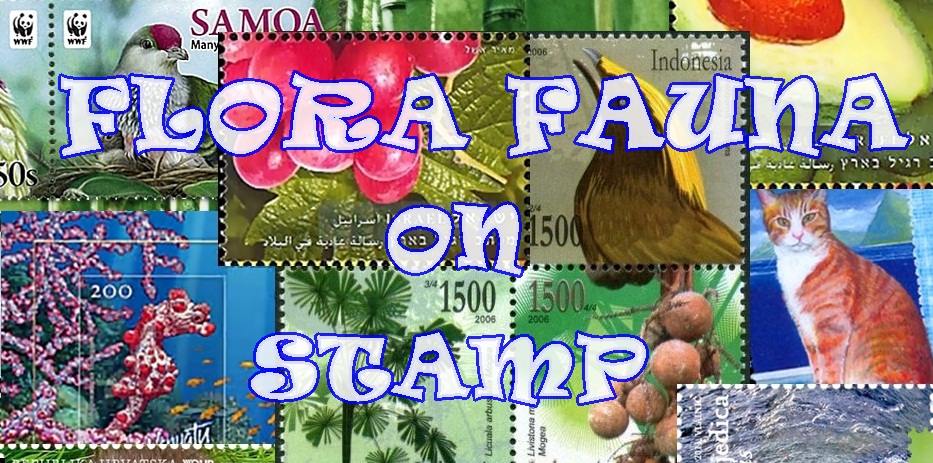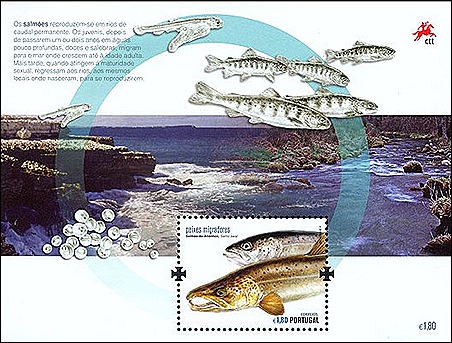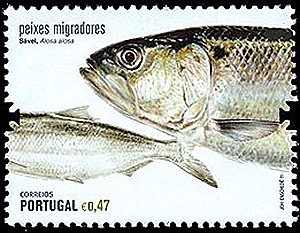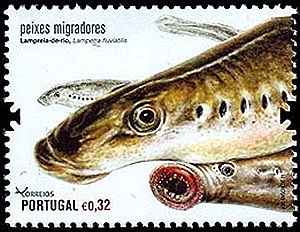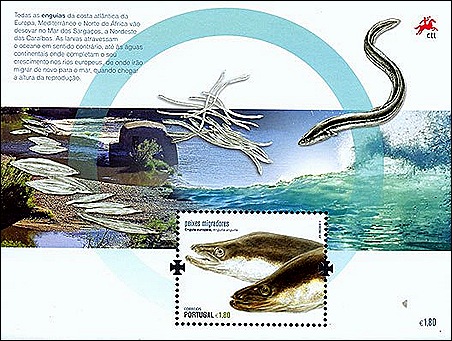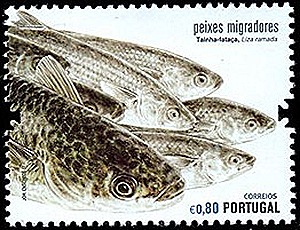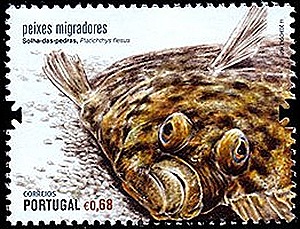On September 25th, 2003, Cyprus Post released the stamps features the Birds of Prey in Cyprus. The species depicted are Imperial Eagle, Eleonora’s Falcon, and Owl. The issued stamps have specific shape, triangular and have differ nominal values.
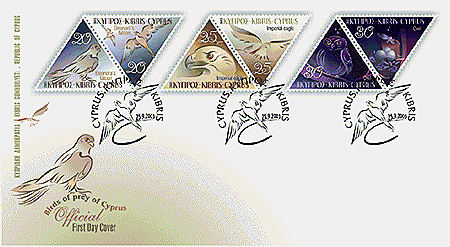
Eleonora’s falcon

Eleonora's Falcon or (Falco eleonorae) is an elegant bird of prey, 36–42 cm long with an 87-104 cm wingspan. Its long pointed wings, long tail and slim body. Eleonora's Falcon is a medium-sized falcon. It belongs to the hobby group.
This species breeds on islands in the Mediterranean particularly off Greece (where two-thirds of the world's population breeds). This species has a delayed breeding season, in late summer, because it is a specialist hunter of migrating birds which pass through the Mediterranean islands at this time of year. It captures small birds in flight, using its speed and aerobatic skills.
Imperial eagle

Imperial eagle or Aquila heliaca is monotypic species, no subspecies distinguished. Their distinctive are length ranged 72-84 cm, wingspan ranged 180-215 cm, weight ranged 2450-4530 g. Colour of adults are dark brown - almost black - in their body, with the back of head and neck golden. Normally it has two white shoulder patches of variable size, which may lack completely in some individuals. The imperial eagle is a priority species in a number of international conventions.
The distribution range of the species stretches from Central and South-Eastern Europe to Central Asia.The imperial eagle breeds both in mountains and agricultural lowland areas.
The favourite prey of the imperial eagle are daytime-active small to medium size mammals such as the suslik ( Spermophilus citellus ) and the hamster ( Cricetus cricetus ).

Owls are a group of birds that belong to the order Strigiformes, constituting 200 extant bird of prey species. Most are solitary and nocturnal, with some exceptions (e.g. the Northern Hawk Owl). Owls hunt mostly small mammals, insects, and other birds, although a few species specialize in hunting fish. They are found in all regions of the Earth except Antarctica, most of Greenland and some remote islands.
Different species of owls make different sounds; this wide range of calls aids owls in finding mates or announcing their presence to potential competitors, and also aids ornithologists and birders in locating these birds and recognizing species.(Resources : Wikipedia)
